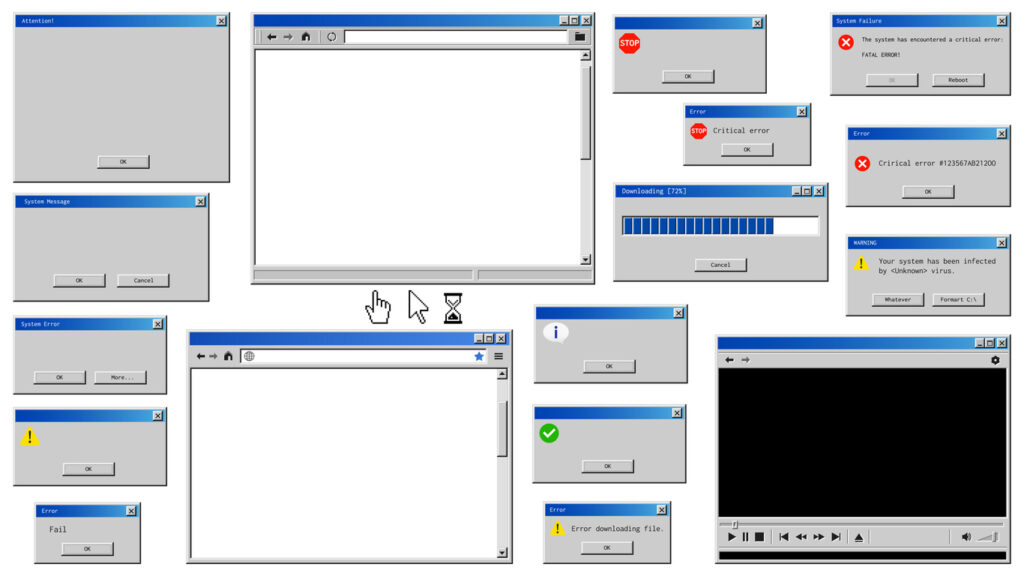
Websites grow tired. They want to be updated to continue looking as good as the day they were built. A common problem for successful companies ready to update their website is that nobody has the time to divert to such a big undertaking.
It sometimes feels like replacing the wings on an airplane while in mid-flight.
If you find yourself in these shoes, know that it can be easier than you think. With some proper planning, websites can be overhauled incrementally. Just like anything complex, it’s made up of lots of pieces which aren’t complex. Working on the website pieces instead of the whole at once is often much more manageable, just as effective, and a whole lot less stressful.
The most common components found in virtually every website can be summed up like this:
- header
- footer
- navigation menu (desktop, mobile)
- colors
- fonts (heads, subheads, body, etc)
- page blocks and columns
- margins and spacing
- special text (bullet lists, pull quotes, etc)
- contact forms
Each of these structural and content pieces can be added to or edited separate from the others. It still is beneficial to think about the peripheral things while you’re on one component, but don’t forget that one of the biggest advantage of the web is that everything is editable in the future.
When you’re ready to go for a deeper dive into the contents of the site, that can be triaged in a similar way, by looking at these items:
- pages with long-term / permanent content
- images
- posts about events and thoughts that occur over time
- downloadable docs
As part of your plan, it’s recommended to start with a comprehensive design and sitemap so you know that everything will work together properly. After that, building, editing and cleaning up can be done in phases.
Your customers, managers and your sanity will all thank you.